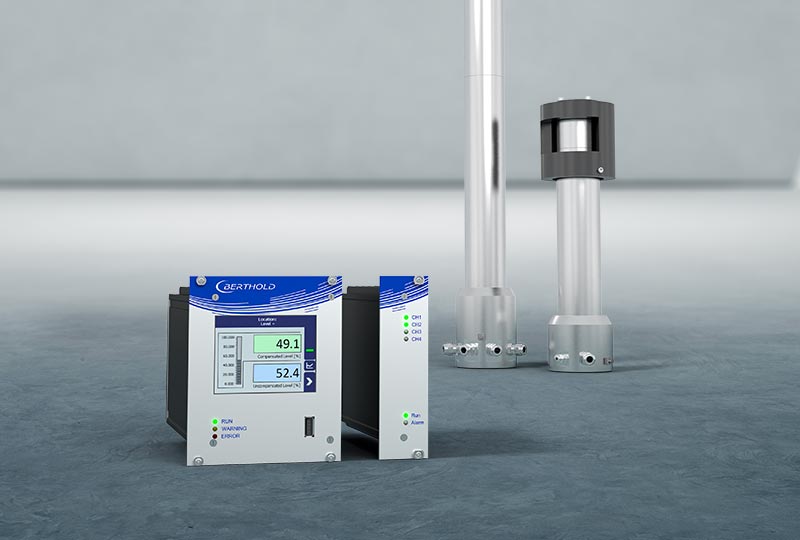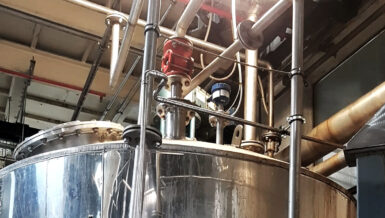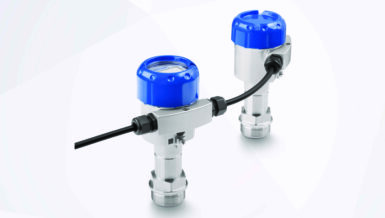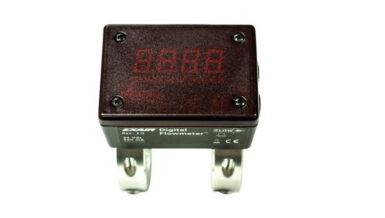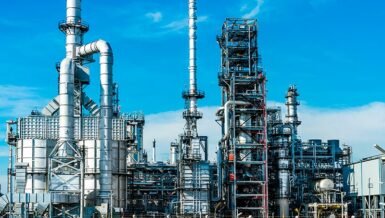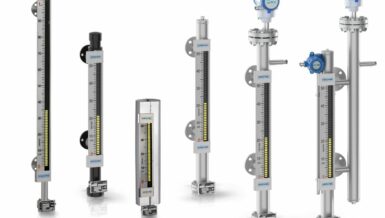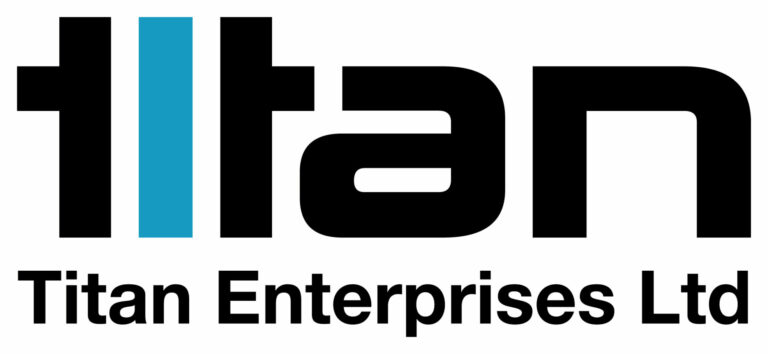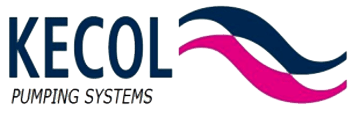Listen in on any breakroom conversation and sooner rather than later, the topic of change will arise. The past couple of years have reinvented nearly every facet of our lives, yet change is hardly slowing down.
This is the case in the process industries as well. Faced with new technologies, a shifting workforce, and continued emphasis on workplace health and safety, companies are demanding responsive instrumentation solutions to address these changing needs.
In this article, we will explore how to level monitoring and control with Siemens’ new and advanced SITRANS LT500 level, flow, and pump controller continues to answer these needs, even in an increasingly crowded marketplace.
New technologies and shifting consumer demands
As the process industry continues to drive toward cost efficiencies and digitalization, instrumentation specialists are seeing new interest in technologies entering the level measurement space, including simple display controllers, panel-mount displays, and programmable logic controllers (PLCs). The problem, in many cases, is that customers get what they pay for.
A basic controller and display instrument working in tandem with a radar sensor, for example, require that an operator:
- Install the sensor at the measurement location
- Install the controller in a safe and convenient location
- Configure the sensor
- Configure the controller
All in a day’s work, right?
But consider the amount of time required to set up program both of these instruments, one of which—the sensor—is likely located in a less-than-convenient spot: think on top of a 50-foot (15-meter) vessel or down in an enclosed space like a wet well.
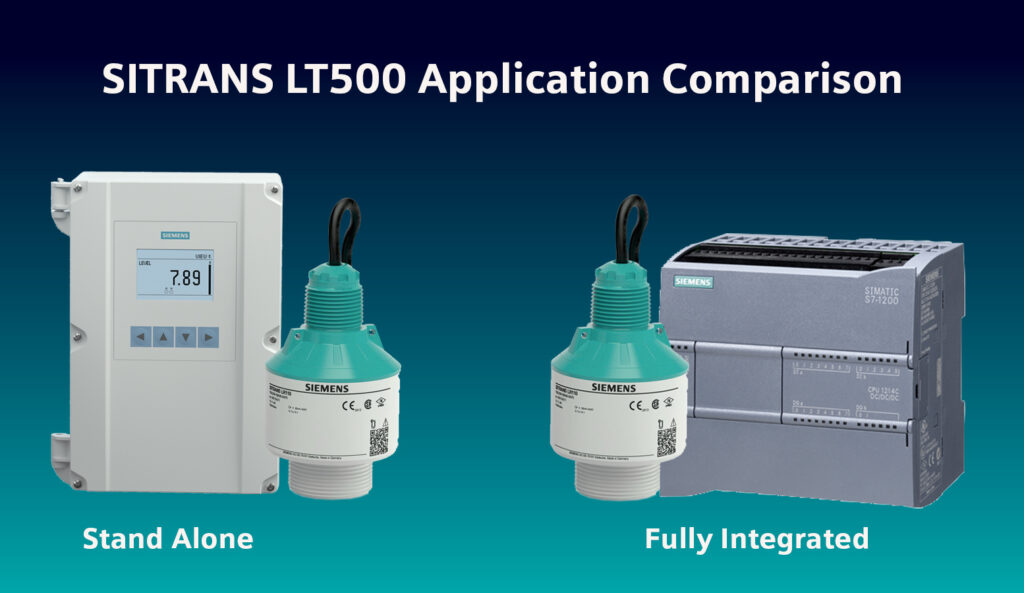
How much time could operators save if they can simply install the sensor and then install and configure the whole system from the comfort of the controller location? How much safer might employees be if they were able to spend as little time as possible in these potentially hazardous environments?
Multiply that by the number of radar sensors across a plant, and the time savings plus safety improvements really add up.
Connecting and controlling a changing environment
Another consideration customers might not take into account with basic, lower-cost controllers is connectivity.
Bluetooth-enabled devices are finding their way into all areas of our lives—and while the convenience of a wireless headset is a definite plus for people on the go, process instruments that solely depend on Bluetooth communications can prove to be a headache. Bluetooth is useful for setting up and configuring these devices, but industrial communication protocols—such as HART, Modbus, and PROFINET—are needed to unlock the longer-term benefits of data communication between instrumentation and a plant’s control system.
Back to that wet well for a moment. In this type of enclosed system, a Bluetooth signal would have trouble penetrating the steel and concrete structures, requiring technicians to get up close and personal with the sensor in these dangerous environments. Once connected, the basic controllers will provide “fault” alarms (for example, loss of echo, cable fault, or sensor failure), but these controllers lack diagnostic-based alarms for sensor or process conditions. Operators also won’t have the ability to view the echo profile (a representation of the signal illustrating what the sensor sees inside a vessel) on the controller itself—precluding them from troubleshooting any performance issues.
These condition-monitoring shortcomings don’t even begin to capture the lack of information such controllers are able to provide for process improvements. Whereas a basic controller can log a handful of variables, the full-featured SITRANS LT500 can log up to 90 different variables, delivering substantial benefits for environmental reporting and reviewing analytics being sent to the control room or the cloud.
Digitalizing level with the PLC
In many ways, PLCs are an amazing addition to the digital factory. However, these tiny computers require a system integrator to write (essentially, to code) a control program according to a customer’s specific application needs—which calls into question any potential cost savings.
While an analog input card is about a quarter of the cost of an advanced level and pump controller, do the savings really merit doing away with the broad range of capabilities offered by the SITRANS LT500 – capabilities that have been tested and proven in hundreds of thousands of applications?
In short, no—because the cost of a PLC system doesn’t lie in the PLC itself, but in its programming.
Typically using pre-packaged code from their in-house libraries as much as possible, system integrators can build a skeleton program for a simple level measurement application—a couple of pumps plus a couple of alarms—in about a day. Not a bad turnaround for that piece, except PLC development isn’t quite that easy.
To start, coordinating with the customer to understand their needs, configuring the hardware settings, and programming the device can take anywhere from one to two weeks of work—programming alone is approximately 40 hours. Add onto this hardware building and testing, training, and validation of design, and customers are looking at another month or so before the device is ready to go.
In fact, just to put in place a PLC solution that matches the features of the SITRANS LT500, the cost is around two times higher—not from the analog card itself, but from a system integrator’s work to create, install, and test this custom “computer.”
In-house expertise and industry’s experience gap
But why not use in-house technicians to program the PLCs? After all, no one knows the quirks of a changing process application like the operators who regularly tend to it.
We asked system integrators this question, and they told us that only about a quarter of customers have the in-house expertise to do this. What’s more, the integrators said that in nearly every job they take on, their staff are called back to adjust for something the customer didn’t consider during the design phase, adding time and expense to update and integrate the new lines of code.
How many lines of code are we talking about? A basic analog input for level is 600 lines of ladder logic code; adding a basic alarm to that means another 150 lines of code. The reality is that even those with years of level measurement experience would be extremely hesitant to dive into that code to troubleshoot a PLC.
And the changing demographics of the process industries will only continue for applications like this. In the 2021 State of the Water Industry report from the American Water Works Association, survey participants were asked to list issues they felt were “very important.” Top responses included retention of institutional knowledge as long-term staff retires, retaining current staff, and training and certifying young future operators.
To put it bluntly, with the drain in expertise leaving the industry, a level technology that is simple to set up and manage equates to significant cost savings for customers, as specialized training and in-house programming technicians aren’t required.
Change for the better
With radar transmitters purpose-built for the environmental industry and a broad ultrasonics portfolio used in millions of applications worldwide, Siemens offers consumers a range of great choices for their varied level measurement needs.
If operators have experience using ultrasonic level controllers but want to transition into radar technology, an advanced controller like the SITRANS LT500 makes it easy in terms of device familiarity, installation, and configuration.
And while change is all around us, exploring the story behind new trends in the process industries is always a solid place to be.





